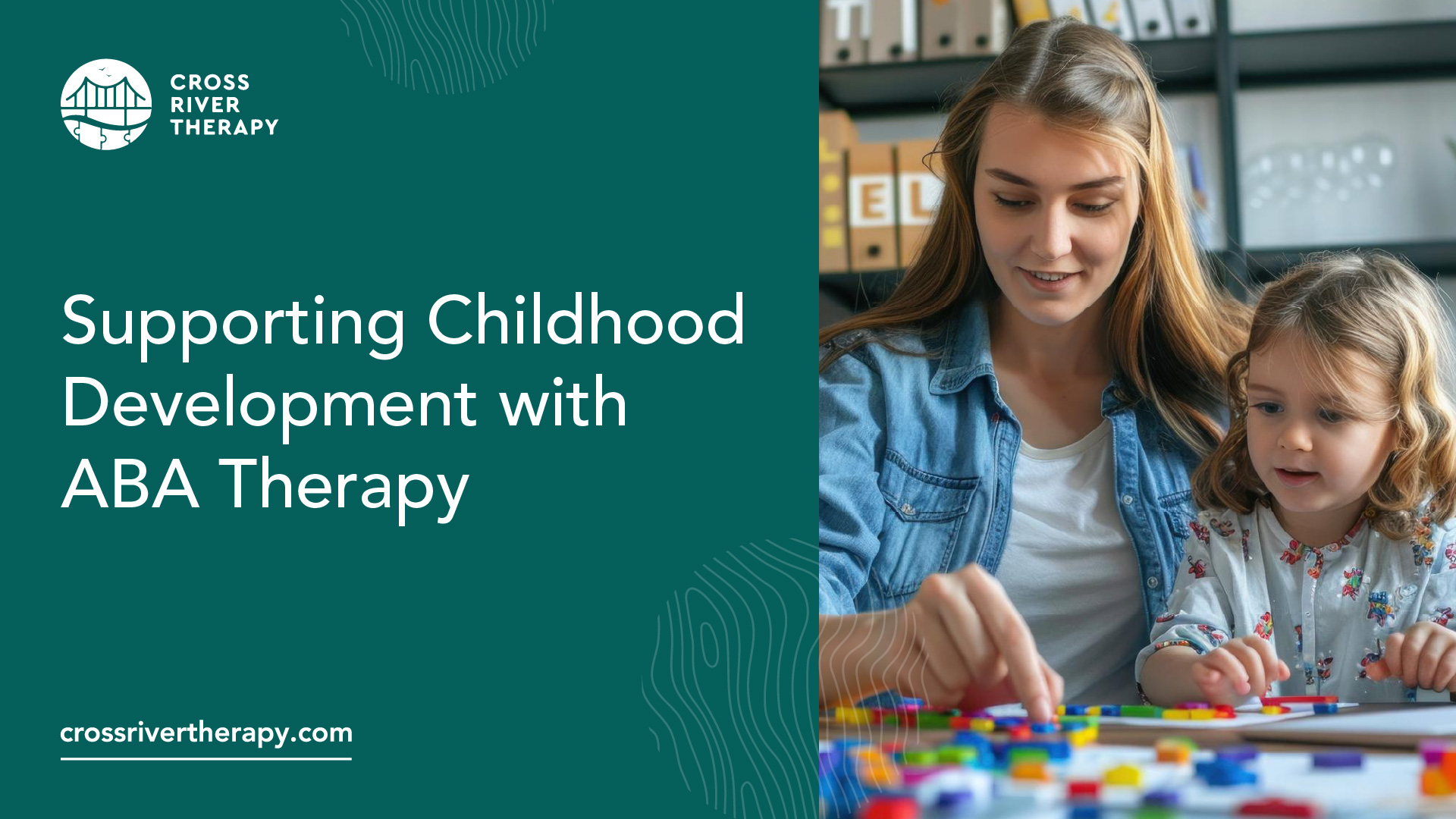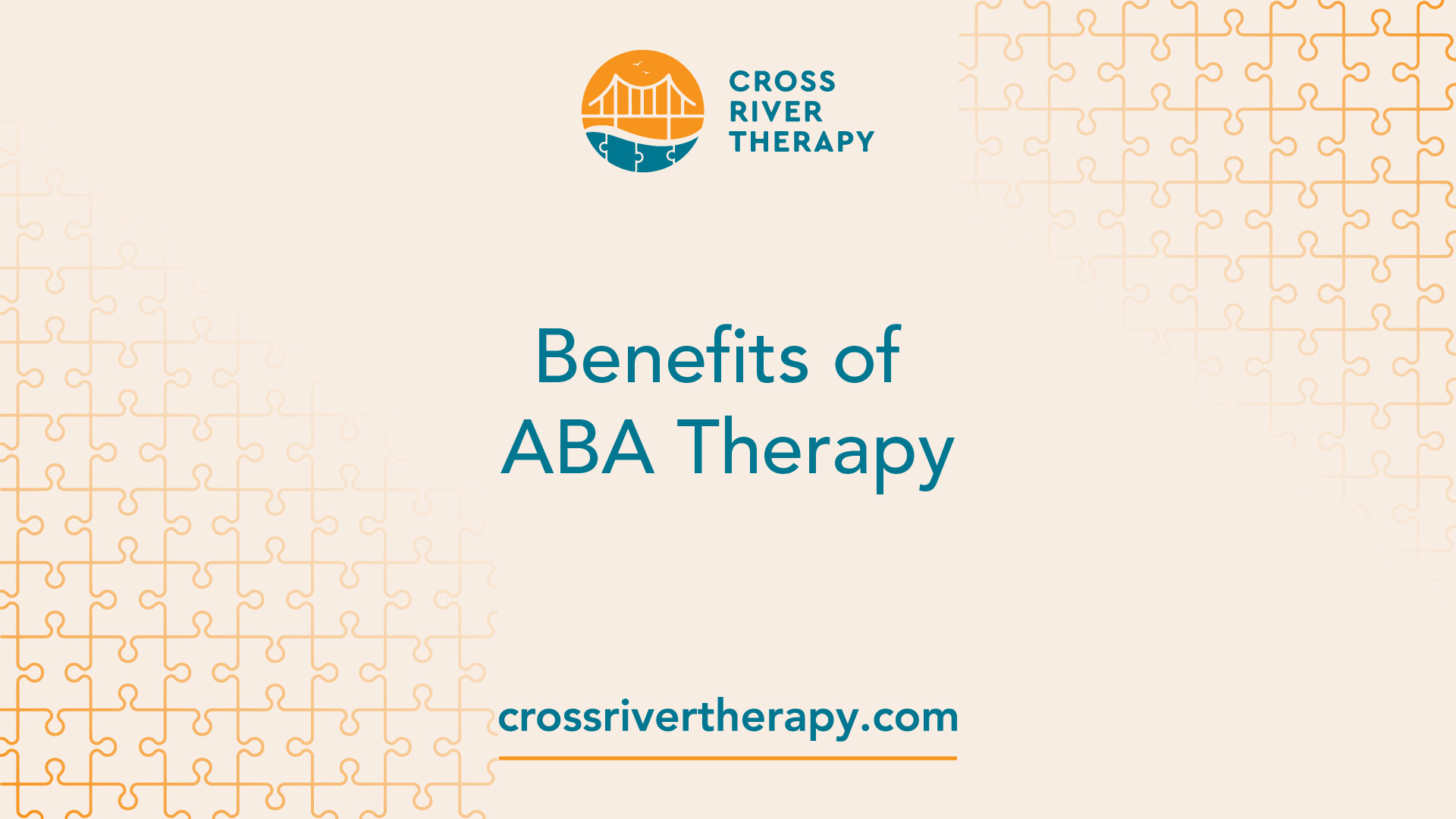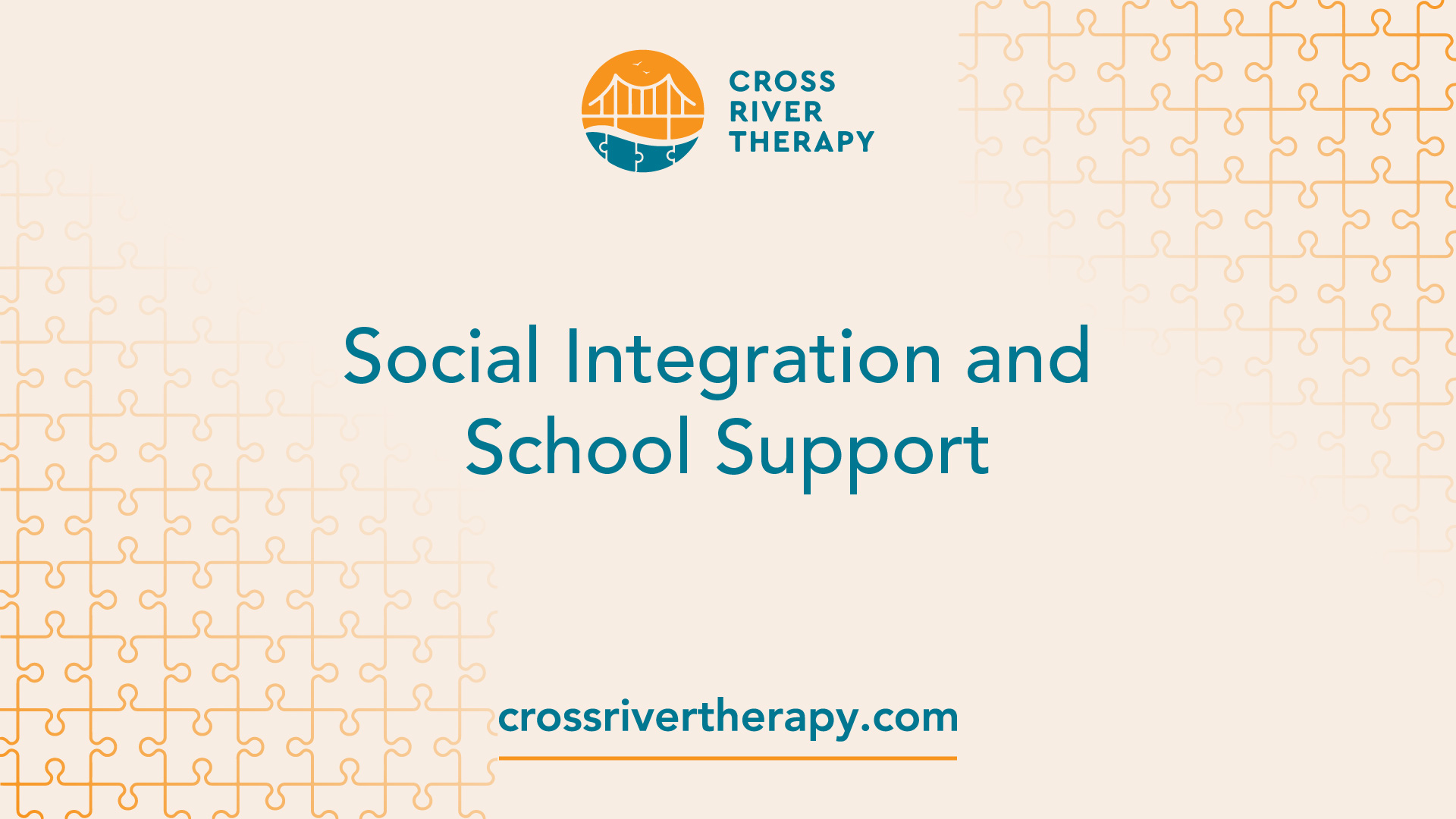Supporting Learning Disabilities with ABA Therapy
Discover how ABA therapy for learning disabilities can improve outcomes and support your child's growth!
Understanding ABA Therapy

History of ABA Therapy
Applied Behavior Analysis (ABA) therapy has been an effective intervention for children diagnosed with autism and related developmental disorders since the 1960s. It was during this decade that therapists began employing ABA techniques to structure learning and behavior modification tailored to the individual needs of children with autism [1]. Over the years, the method has evolved, leading to more refined approaches that continue to support learning disabilities effectively.
ABA therapy uses principles of behaviorism to create programs that promote positive behavioral changes, effectively adapting to the unique challenges presented by each child. The historical context underscores the therapy's longstanding commitment to fostering improvement in socially significant behaviors.
Evidence-Based Approach
ABA therapy is recognized as an evidence-based practice by notable health authorities, including the US Surgeon General and the American Psychological Association. This recognition is based on rigorous scientific evaluations demonstrating its effectiveness and usefulness in treating individuals with learning disabilities [1].
Numerous studies support the efficacy of this approach. For instance, a significant study conducted in 2012 reviewed 14 randomized control trials involving 555 participants, concluding that the success rate of ABA therapy was small to medium, indicating marked improvement in targeted challenges like autism symptoms, socialization, and expressive language.
The study found that 48% of children exhibited remarkable improvements after four years [2].
Another pivotal study by Dr. O. Ivar Lovass in 1987 highlighted that 90% of participants showed significant improvement following intensive ABA therapy. The results indicated that 47% of children achieved behaviors and skills comparable to their peers.
This finding illustrates ABA's potential to support genuine skill development and promote inclusion for children with learning disabilities.
Overall, ABA therapy is scientifically validated as an effective intervention for individuals with autism spectrum disorder (ASD) and is continually adapted to meet the diverse needs of children facing learning challenges.

Benefits of ABA Therapy
ABA therapy offers numerous advantages for children diagnosed with autism and related learning disabilities. Understanding the benefits can help parents make informed decisions about their children's therapeutic needs.
Improved Outcomes
One of the most significant advantages of ABA therapy is its proven ability to enhance outcomes for children with learning disabilities. Since the 1960s, therapists have utilized ABA techniques to help children with autism improve their behavior and academic skills. Several studies demonstrate the effectiveness of this method in fostering skill development and behavioral adjustments.
A pivotal study conducted in 1987 by Dr. O. Ivar Lovass revealed that 90% of participants showed significant improvement after undergoing intensive ABA therapy. Remarkably, 47% of the children reached a level where their skills and behaviors aligned with their peers.
This indicates that ABA therapy can genuinely promote skill mastery and facilitate real-life applications of learned behaviors. Even among children who received a lower amount of therapy, clinically significant improvements in adaptive behavior were noted after 24 months of ABA.
Positive Reinforcement
Another core element of ABA therapy is positive reinforcement. This technique involves rewarding desired behaviors to encourage their repetition.
For children, this could mean receiving praise or small rewards for displaying appropriate behaviors, completing tasks, or engaging positively with others. The systematic application of positive reinforcement helps children understand the benefits of behaving in certain ways, supporting their learning.
ABA therapy employs evidence-based strategies that focus not only on addressing undesirable behaviors but also on promoting positive actions. It operates through experimentation to find out which reinforcements work best for each child [5].
By focusing on positive behavior encouragement, ABA therapy plays a pivotal role in helping children develop social skills and enhance their overall well-being.
For more information on how positive reinforcement works in this context, consider visiting our article on aba therapy and positive reinforcement.
The systematic benefits of ABA therapy for learning disabilities continue to underscore its importance as an effective intervention strategy. By concentrating on improved outcomes and utilizing techniques such as positive reinforcement, parents can empower their children to thrive and reach their fullest potential.

ABA Therapy for Learning Disabilities
ABA therapy can significantly aid children with learning disabilities through its tailored programs and structured environments. This approach is highly regarded for its effectiveness and is supported by organizations such as the Surgeon General and the American Academy of Pediatrics due to its evidence-based methodology in facilitating learning for individuals with diverse needs.
Tailored Programs
Individualization is key in ABA therapy for learning disabilities. Programs are designed to meet specific needs and goals of each child, making it a highly adaptable approach. The therapy breaks down skills into smaller, more manageable steps to simplify the learning process.
This tailored setup ensures that children can grasp both basic and complex skills effectively, whether it's listening, reading, or other essential abilities.
- Goal Setting: Clear, specific objectives tailored to the child's unique needs.
- Skill Breakdown: Dividing skills into smaller steps for easier comprehension and acquisition.
- Progress Tracking: Regular assessments to monitor progress and adjust teaching methods as needed.
Structured Environment
A structured environment plays a vital role in the success of ABA therapy. This consistent setting helps children focus and minimizes distractions, creating an ideal space for learning. In a structured environment, children know what to expect, which can reduce anxiety and improve receptiveness to new information.
The following are key characteristics of a structured environment within ABA therapy:
- Consistency: Familiar routines enhance comfort and focus.
- Clear Expectations: Defined rules and goals guide behavior and learning.
- Positive Reinforcement: Rewards for desired behaviors reinforce learning and boost confidence.
ABA therapy utilizes positive reinforcement as a core strategy to encourage beneficial behavior change. By rewarding children each time they successfully use the desired skill or behavior, they are motivated to progress further.
This technique, alongside a structured and tailored environment, significantly aids in addressing learning disabilities and fosters growth and development in children.
For parents looking to explore specific techniques or strategies related to ABA therapy, consider checking our articles on aba therapy and behavior modification and aba therapy and positive reinforcement. These resources can provide additional insights into making the most of ABA therapy for children with learning disabilities.
Individualized ABA Programs
When it comes to effective support for children diagnosed with autism, individualized ABA programs play a crucial role. These tailored approaches ensure that each child's unique needs are addressed holistically, maximizing their potential for growth and development.
BCBA Involvement
A board-certified behavior analyst (BCBA) is central to the success of an ABA program. The BCBA is responsible for designing and overseeing the program, customizing it to fit the individual learner's skills, needs, interests, preferences, and family situation Autism Speaks. This level of personalization is vital for effective learning.
The process typically involves the BCBA conducting an initial assessment to determine the child's current abilities and challenges. Following this assessment, the BCBA develops a comprehensive plan outlining specific goals and interventions.
Throughout the program, the BCBA monitors progress, adjusts strategies as needed, and collaborates with therapists or registered behavior technicians (RBTs) who work directly with the child.
Customized Learning Plans
Customized learning plans are a cornerstone of ABA therapy for learning disabilities. Each plan is specifically tailored to meet the individual needs of the child, ensuring that the learning environment is effective and supportive.
These plans include clear objectives that focus on the areas where the child requires improvement, such as communication skills, social interactions, or daily living skills. The ABA strategies employed in these plans often incorporate positive reinforcement techniques, which reward the child for demonstrating desired behaviors or skills.
This encourages children to engage in positive behavior consistently.
The individualized approach is beneficial as it considers not just the child’s needs but also their interests and family dynamics, creating a more engaging and relevant learning experience.
Together, the involvement of a BCBA and customized learning plans ensure that ABA therapy is not just effective but also responsive to the child's growth journey. This framework is essential for parents seeking the best resources for their child's development through evidence-based approaches.
ABA Therapy Techniques
ABA therapy employs a range of effective techniques designed to help children diagnosed with autism develop essential skills and behaviors. Two prominent techniques include behavior modification and positive behavior encouragement.
Behavior Modification
Behavior modification is a foundational aspect of ABA therapy that focuses on changing specific behaviors through a systematic approach. This technique involves breaking down desired behaviors into smaller, manageable steps, making it easier for children to achieve their goals. Rather than attempting to tackle large behaviors at once, ABA therapy emphasizes incremental progress.
The behavior modification process typically consists of the following steps:
- Identification of Target Behavior: Determine which behavior the child needs to develop or change.
- Implementation of Interventions: Introduce specific strategies based on evidence to encourage positive changes in that behavior.
- Progress Monitoring: Assess progress over time and adjust strategies as necessary to ensure continued development.
Positive Behavior Encouragement
Another essential technique in ABA therapy is positive behavior encouragement, which utilizes positive reinforcement to foster desired behaviors. This strategy involves rewarding children whenever they successfully exhibit a target behavior or skill, thereby reinforcing their progress.
Positive reinforcement can take many forms, including verbal praise, tangible rewards, or additional privileges. By consistently applying this technique, parents and therapists can create an environment that nurtures skill development and reduces challenging behaviors over time [1].
The benefits of positive behavior encouragement include:
- Increased Motivation: Children are more inclined to engage in desired behaviors when they receive rewards.
- Strengthened Relationships: Positive interactions with parents and therapists foster trust and support for the child's learning process.
- Greater Independence: As children consistently exhibit positive behaviors, they gain confidence and independence.
Through the combination of behavior modification and positive behavior encouragement, ABA therapy provides a structured framework that supports children with autism in their growth and development. Each technique is tailored to meet the unique needs of each child, ensuring effective learning experiences that lead to meaningful progress.
ABA Therapy for Children with Autism
ABA therapy has proven to be an effective treatment for children diagnosed with autism, significantly improving various skills and behaviors. This section focuses on two important aspects: social skills development and the importance of early intervention.
Social Skills Development
One of the primary goals of ABA therapy is to enhance social skills in children with autism. Effective communication, understanding social cues, and engaging in reciprocal interactions are crucial components for successful socialization. ABA therapy breaks down these complex behaviors into manageable steps, making it easier for children to learn and practice new skills.
- Communication: Encouraging verbal and non-verbal communication to express needs and emotions.
- Turn-Taking: Teaching children how to share and take turns during play and group activities.
- Eye Contact: Promoting natural eye contact during conversations to improve engagement.
- Understanding Emotions: Helping children recognize their own emotions and those of others, enhancing empathy.
With these tailored programs, children can practice social skills in structured settings, leading to more meaningful interactions outside therapy sessions. By fostering these essential skills, ABA therapy helps children navigate social situations more effectively, ultimately enhancing their overall quality of life.
Early Intervention Importance
The benefits of starting ABA therapy early cannot be overstated. Research indicates that initiating therapy during early childhood—often as young as 2 years old—can lead to significant improvements in behavior and skill development [2]. A pivotal study from 1987 led by Dr. O. Ivar Lovass found that around 90% of participants showed marked improvements after intensive ABA therapy, with 47% reaching levels comparable to their peers.
The adaptability of young brains makes early intervention particularly effective, allowing children to develop essential life skills—like social interaction and communication—more smoothly and effectively. These foundational skills not only aid in their social development but also assist with academic performance and personal well-being [2].
In conclusion, through targeted social skills training and the timely initiation of therapy, ABA proves to be a vital resource for parents seeking the best outcomes for their children diagnosed with autism. For further insights into how ABA therapy promotes positive change, refer to aba therapy and autism interventions.
References
[1]: https://www.autismspeaks.org/applied-behavior-analysis
[2]: https://abacustherapies.com/understanding-aba-therapy-pros-and-cons-explained/
[3]: https://behavioroptions.com/october-is-learning-disability-awareness-month/
[4]: https://www.ncbi.nlm.nih.gov/pmc/articles/PMC8702444/
[5]: https://behavioral-innovations.com/autism-101/what-is-aba/



